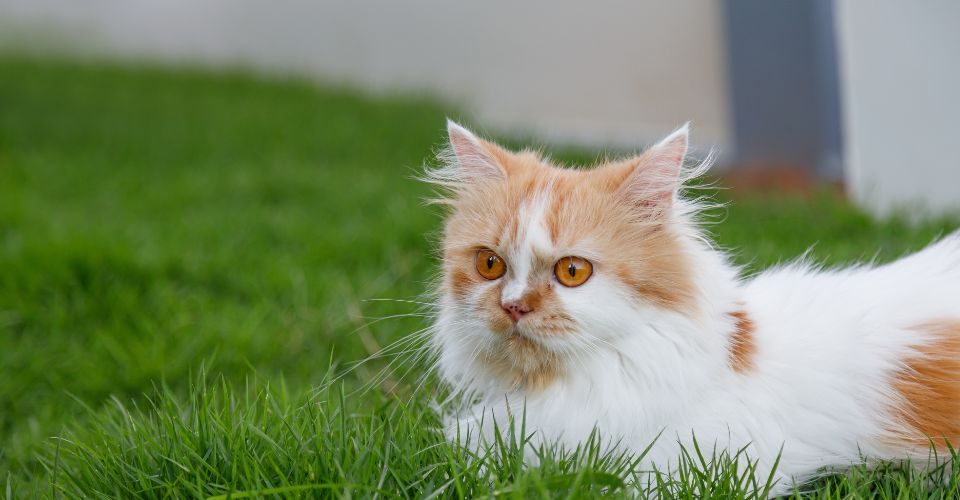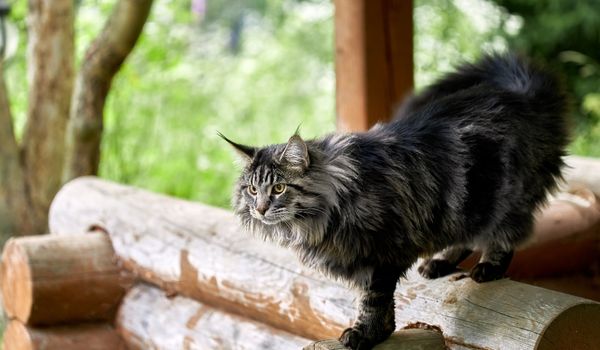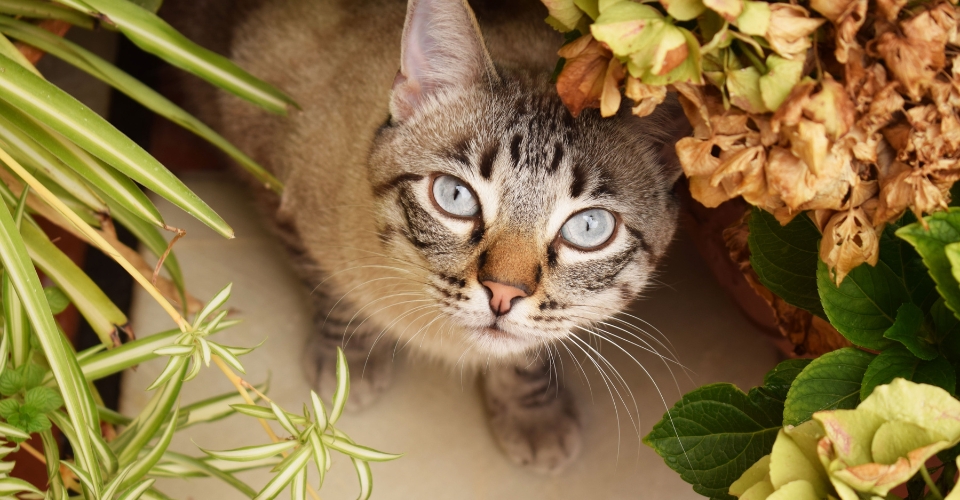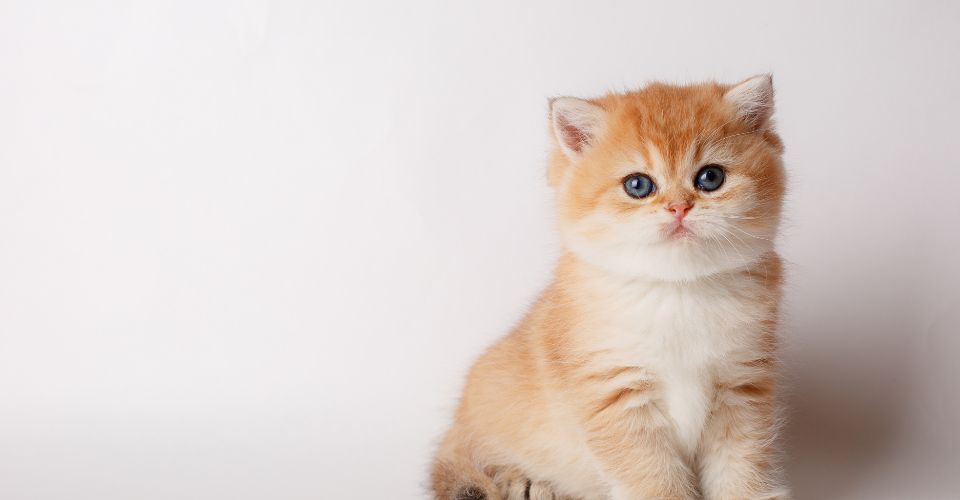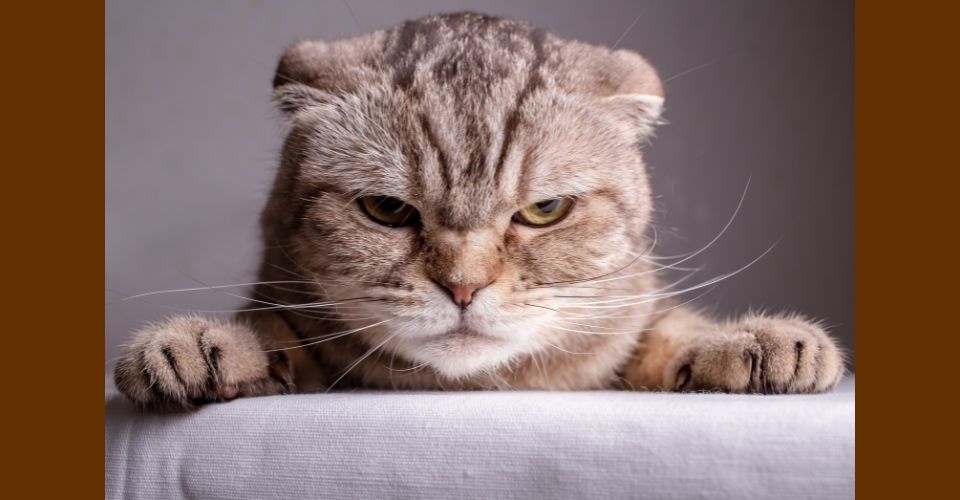No doubt, some feline enthusiasts love hairless Sphynx cats, but many are fond of the longhair coats of their fluffy cats.
The fluffy cat enthusiasts are crazy about the furry coats of their feline friends. Thus, when their cats experience bald spots or are shaved due to some medical necessity, their parent starts wondering when their cats’ hair will grow back and if there is any way to speed up the process.
If your furry friend has lost hair due to some reason and you want to speed up the process of hair regrowth, stay with us.
How to Make Cat Hair Grow Back Faster?
Cat hair, on average, takes three to six months to grow fully. However, you may accelerate the process by ensuring that the hair loss is minimized and the coat remains healthy. Some useful ways to achieve these are as follows:
1. Keep Allergy at Bay
Allergy in cats can cause itching, sometimes severe. Resultantly, your kitty might start scratching her body on the spot where it feels uncomfortable, and thus, her fur will start falling off.
Though there are several sources of allergy in felines, such as organic substances and perfumes, food is the most common reason. Specifically, within your cat’s diet, you must look out for unsuited protein because this is the main nutrient responsible for feline allergies. Replacing food items containing suitable proteins helps a lot.
If you notice excessive and unusual sneezing and runny nose in your cat, it could indicate that the allergy is imminent, and a vet consultation is required.
2. Do Not Let Your Cat Pull Her Hair
Cats might pull their hair themselves mainly because of psychological reasons and excessive licking. Due to several behavioral issues, cats end up pulling their hair. Similarly, the cat’s tongue is rough enough to pull the fur out of the coat. In both ways, cat hair growth slows down considerably, and bald patches may prop up.
3. Take Care of the Diet
If not enhanced, the hair growth in cats can be kept to its full potential by keeping up with the dietary requirements. The following nutrients are of special importance when it comes to feline fur health – a deficiency of those in your cat will not only limit hair growth but also cause hair loss.
- Fatty Acids: Omega-3 and 6 fatty acids are super helpful in maintaining the overall coat health of cats. Including fish in your cat’s diet can help her get this nutrient.
- Proteins: Insufficient supply of proteins can significantly reduce hair growth in cats. Since proteins play a fundamental role in forming hair structure, even a slight deficiency of these can seriously jeopardize their fur health.
- Vitamins: Various vitamins support hair health in felines. An insufficient supply of essential vitamins can inhibit the production of keratin, which is the main component of hair. Besides, it can also affect the overall coat quality.
- Zinc: Out of all minerals, zinc is the most important in feline hair health because it supports the follicles. Without it, delayed hair growth may occur.
If you cannot keep up with the proper diet for your kitty, you can simply add supplements to what she eats. This will meet all the nutritional requirements of cats and help them maintain healthy coats.
With biotin, omegas, zinc, and vitamins, the Rx Nutritional Support supplement has all our cats require to maintain a healthy coat.
4. Treat the Causes
Unfortunately, several health complications in cats lead to hair fall and need vet assistance.
- Bacterial Infection: Bacteria in fur can lead to hair loss. In the most common form, bacteria attack the follicles and make them incapacitated to regulate hair growth. Fortunately, such conditions can be treated at home using antimicrobial shampoos, medication, and therapies.
- Fleas: Fleas on cats is a common cause of hair fall. It can also lead to a kitty licking and scratching the flea-infested spot excessively, which can exacerbate the situation. Medication and regular combing can bring the situation under control.
- Hyperadrenocorticism: It occurs when there is excessive production of cortisol hormone in cats. Eventually, symptoms such as stomach enlargement and hair loss may prop up. Besides, it can also reduce lifespan. Lifelong medication and surgeries can cure the disease.
- Ringworms: It is a fungal infection that grows in the hair shaft and causes it to fall. It also alters the skin color and inflames the affected patch. For an effective treatment, both topical and oral therapies are pursued.
- Mange: It occurs when microscopic mites attack the skin in cats, leading to hair loss, itchiness, and inflammation. To confirm that your cat has mange, look for crusty skin and rashes. To cure it, either vet-approved shampoos can be used or, as a home remedy, apple cider vinegar can be applied.
5. Brush Your Cat
Dead hair can inhibit the growth of new hair. Additionally, dead fur can also contribute to mat formation. Therefore, removing the dead material to accelerate hair growth in your cat is very important; this job can easily be done if you brush her regularly. Besides getting rid of the dead hair, it can also increase blood flow in the skin which may further contribute to hair growth.
6. Bathing Can Help
Bathing can remove dead skin, which blocks the growth of new hair. Consider bathing your kitty once every one to two months to see the results. However, note that moderation is the key: never bathe your pet too often, or she might lose all of her natural skin oils, which can worsen things.
If your cat is afraid of water, you might have difficulty following her bathing routine. Therefore, always convince her effectively by rewarding and using positive reinforcements.
7. Provide Cool Environment
Cats in hot weather may shed a lot to get rid of excessive hair and regulate their body temperature. That is why you must strive to keep your kitty cool, thus saving her fur.
8. Destress Your Furry Pal
Stressed cats are prone to losing hair. Anxiety can lead to telogen effluvium and several other dermatological problems that exacerbate hair fall. Besides, it can also impact immunity, and your cat might get affected by several other diseases that can eventually lead to hair loss.
9. Go to a Vet
It is usually the last option for cat owners after trying all others to boost hair growth in their cats. Since cats are great at hiding their health problems, there could be some underlying reasons why your cat is not growing her hair fast that can only be found by a seasoned veterinarian. Besides seeking help when needed, regularly getting your feline pal checked every six months is also advisable.
Importance of Healthy Hair Growth in Cats
Though hair in cats might not seem to be an issue of concern, there are several vital roles it plays when it comes to their health, which multiplies its importance significantly. Besides being an indicator of health, hair is responsible for many important functions.
Body Language
Cat hair bristles when they are in a defensive or an offensive mode. This is an effective way of deterring the attacker. Besides meowing, ‘standing’ hair is a sure sign that a cat is angry or going to attack.
Guard Against Injuries
Coats guard the largest organ in cats, i.e., the skin. It protects the latter from injuries, scratches, and various kinds of infestations. Without fur, the skin would be exposed to several harms.
Weather Protection
Cat coat responds to the weather and environmental conditions. Thick coats are vital for kitties to survive in cold weather. Similarly, coats with healthy fur are an important barrier against UV rays coming from the sun.
Conclusion: How to Make Cat Hair Grow Back Faster?
Though a cat might take months to grow back her hair, the pace of growth can be increased if the hair loss is reduced and the overall coat health is maintained. For instance, spotting the underlying cause, such as fleas, and treating it promptly can eliminate unwanted fur shedding. Similarly, providing a healthy diet can make sure that hair growth is not restricted. Combined, these efforts can boost the hair growth rate in cats.

